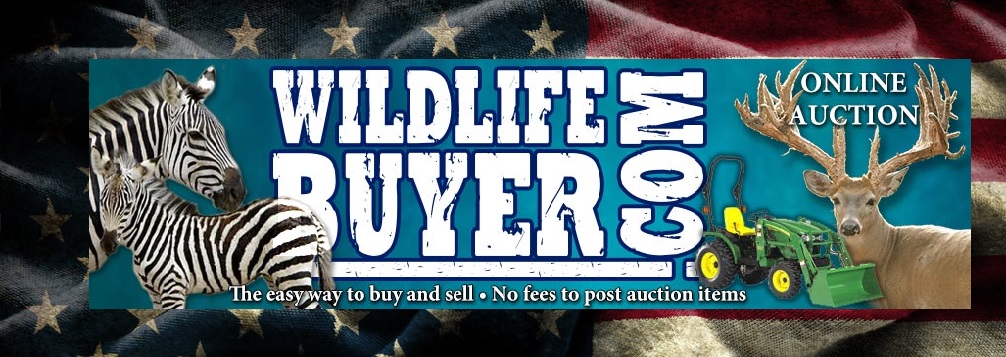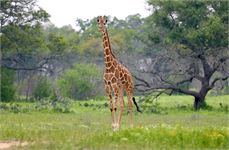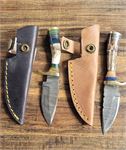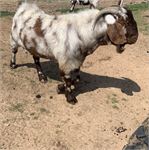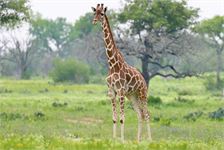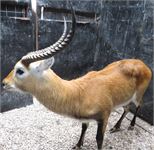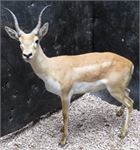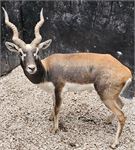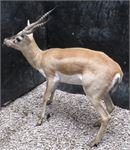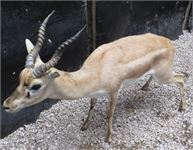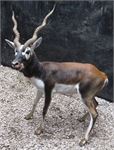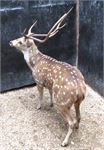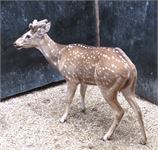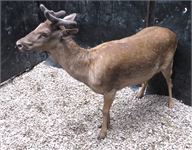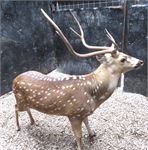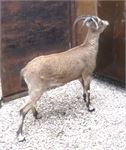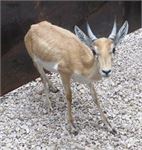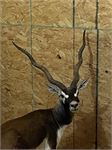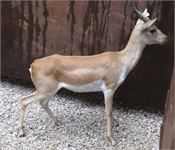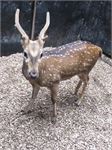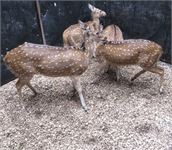OFFICE #830.232.6003
💕 0.1 GIRAFFE 💕LOT#1 (20067323) $177,297.00 Easy Bid $177,297.00
remaining
Quantity 1
Price Per Item Sold $177,272.00 $177,272.00 111 Bid(s) View Details
4 beautiful damascus steel and hardwood knives (20071948) $100.00 Easy Bid $100.00
remaining
Quantity 4
Price Per Item Sold $100.00 $100.00 0 Bid(s) View Details
6" Damascus knives, antler and brass handles with buckle sheaths (20083182) $165.00 Easy Bid $165.00
remaining
Quantity 1
Price Per Item Sold $160.00 $160.00 1 Bid(s) View Details
Dapple goat herd (20082571) $220.00 Easy Bid $220.00
remaining
Quantity 36
Price Per Item Sold $215.00 $215.00 23 Bid(s) View Details
Buyers' Choice Chicks (20096018) $2.00 Easy Bid $2.00
remaining
Quantity 20
Price Per Item Sold $1.00 $1.00 1 Bid(s) View Details
💖 0.1 GIRAFFE 💖LOT#2 (20067659) $170,173.00 Easy Bid $170,173.00
remaining
Quantity 1
Price Per Item Sold $170,148.00 $170,148.00 25 Bid(s) View Details
1.0 SCIMITAR ORYX (OKB#2) (20073201) $2,080.00 Easy Bid $2,080.00
remaining
Quantity 1
Price Per Item Sold $2,060.00 $2,060.00 77 Bid(s) View Details
1.0 LECHWE (OKB#3-1) (20073550) $2,790.00 Easy Bid $2,790.00
remaining
Quantity 1
Price Per Item Sold $2,770.00 $2,770.00 130 Bid(s) View Details
1.0 BLACKBUCK (OKB#6-6) (20073901) $1,020.00 Easy Bid $1,020.00
remaining
Quantity 1
Price Per Item Sold $1,000.00 $1,000.00 48 Bid(s) View Details
1.0 BLACKBUCK (OKB#6-2) (20074292) $1,020.00 Easy Bid $1,020.00
remaining
Quantity 1
Price Per Item Sold $1,000.00 $1,000.00 41 Bid(s) View Details
1.0 BLACKBUCK (OKB#6-1) (20074690) $1,340.00 Easy Bid $1,340.00
remaining
Quantity 1
Price Per Item Sold $1,320.00 $1,320.00 40 Bid(s) View Details
1.0 BLACKBUCK (OKB#4-3) (20075313) $1,240.00 Easy Bid $1,240.00
remaining
Quantity 1
Price Per Item Sold $1,220.00 $1,220.00 70 Bid(s) View Details
1.0 BLACKBUCK (OKB#4-1) (20075715) $1,240.00 Easy Bid $1,240.00
remaining
Quantity 1
Price Per Item Sold $1,220.00 $1,220.00 69 Bid(s) View Details
1.0 BLACKBUCK (OKB#7) (20076154) $2,290.00 Easy Bid $2,290.00
remaining
Quantity 1
Price Per Item Sold $2,270.00 $2,270.00 42 Bid(s) View Details
1.0 AXIS (RB#5) *NON TYPICAL* (20078171) $2,445.00 Easy Bid $2,445.00
remaining
Quantity 1
Price Per Item Sold $2,425.00 $2,425.00 28 Bid(s) View Details
1.0 AXIS (RB#13) (20078365) $1,290.00 Easy Bid $1,290.00
remaining
Quantity 1
Price Per Item Sold $1,270.00 $1,270.00 27 Bid(s) View Details
1.0 FALLOW (OKB#3-3) (20078936) $1,672.00 Easy Bid $1,672.00
remaining
Quantity 1
Price Per Item Sold $1,652.00 $1,652.00 79 Bid(s) View Details
1.0 AXIS (OKB#3-2) (20078753) $2,330.00 Easy Bid $2,330.00
remaining
Quantity 1
Price Per Item Sold $2,310.00 $2,310.00 55 Bid(s) View Details
1.0 NUBIAN IBEX (WB#1) (20082979) $790.00 Easy Bid $790.00
remaining
Quantity 1
Price Per Item Sold $770.00 $770.00 44 Bid(s) View Details
1.0 BLACKBUCK (WB#3) (20083164) $720.00 Easy Bid $720.00
remaining
Quantity 1
Price Per Item Sold $700.00 $700.00 36 Bid(s) View Details
1.0 Big Blackbuck (20095267) $4,220.00 Easy Bid $4,220.00
remaining
Quantity 1
Price Per Item Sold $4,200.00 $4,200.00 28 Bid(s) View Details
1.0 BLACKBUCK TAG #4 (WB#6) (20083402) $940.00 Easy Bid $940.00
remaining
Quantity 1
Price Per Item Sold $920.00 $920.00 42 Bid(s) View Details
1.0 AXIS (OKB#1) (20084289) $420.00 Easy Bid $420.00
remaining
Quantity 1
Price Per Item Sold $410.00 $410.00 31 Bid(s) View Details
0.3 AXIS (OKB#1) ⚠️UPDATE QTY ⚠️ (20084933) $475.00 Easy Bid $475.00
remaining
Quantity 3
Price Per Item Sold $465.00 $465.00 32 Bid(s) View Details
